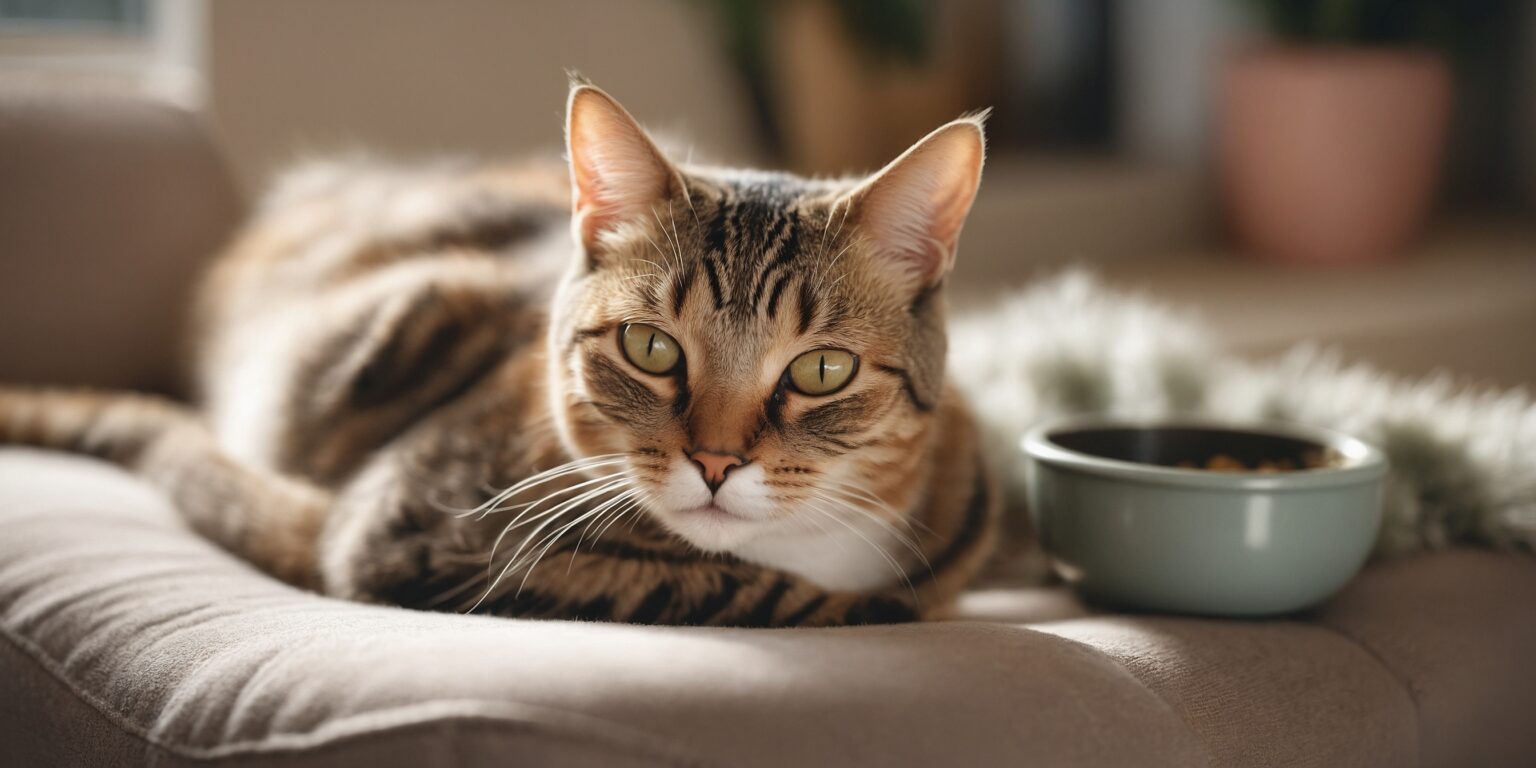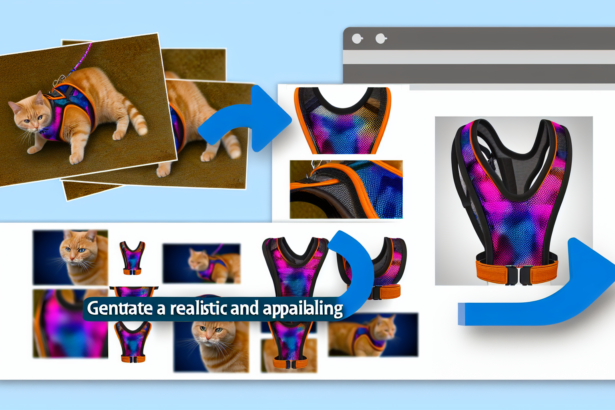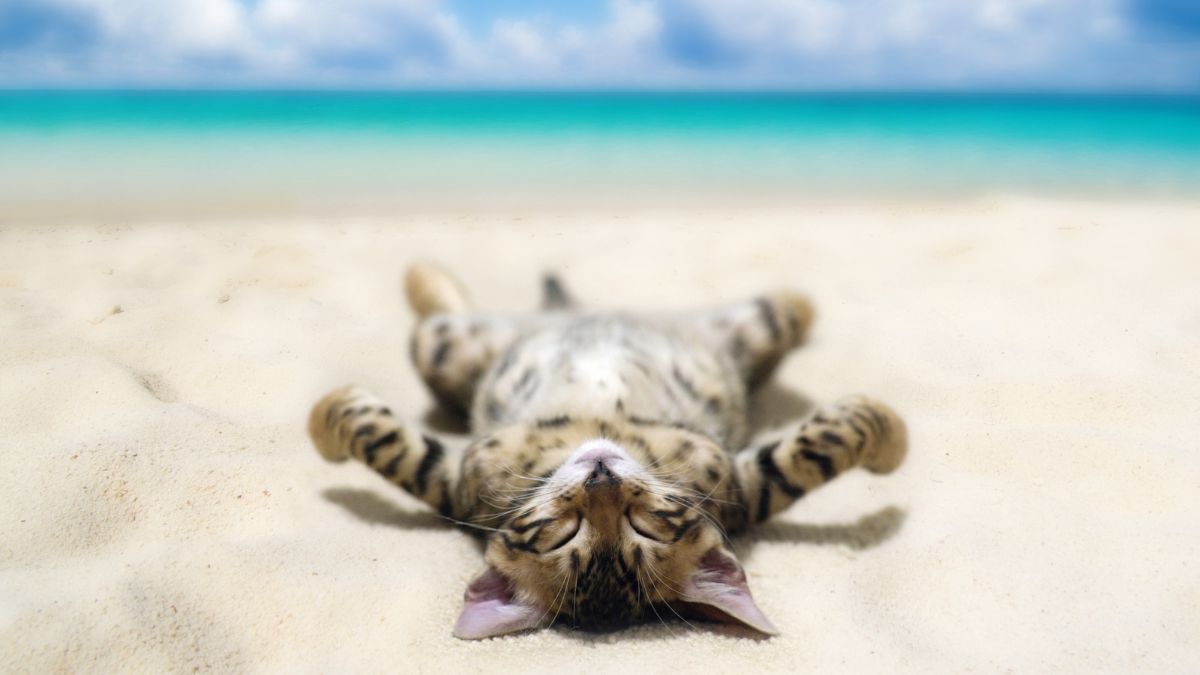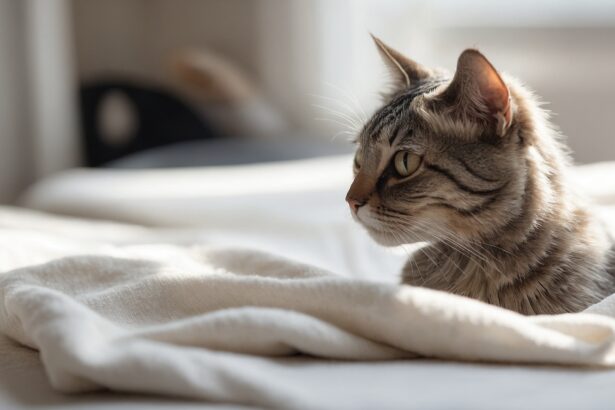Feline diabetes can feel overwhelming at first, but with a steady routine and a little know-how, your whiskered love can stay comfortable for many years. Let’s decode the signs, daily care, and how to navigate end-of-life decisions with gentleness.
What is feline diabetes?
Diabetes in cats happens when the body can’t properly use insulin, the hormone that helps sugar move from the blood into cells. Most diabetic cats develop insulin resistance rather than a true lack of insulin.
Who’s most at risk? Older cats, those who are overweight, and kitties who live a very cozy, couch-friendly lifestyle tend to be more vulnerable. Some breeds, like the Siamese, may have a higher predisposition.
- Age and extra pounds increase risk.
- Sedentary routine can make blood sugar control harder.
- Certain breeds may be more prone.
Spot the signs early
Keep an eye out for these red flags. Early detection makes management much easier.
- Drinking and peeing more than usual.
- Weight loss despite a normal or even hearty appetite.
- Weakness in the back legs or a wobbly, plantigrade stance.
- Lethargy, dull coat, or a change in mood.
Call your vet urgently if you notice vomiting, deep lethargy, fast breathing, or a sweet, nail-polish remover smell on the breath. These can be signs of diabetic ketoacidosis, an emergency.
Want a broader health checklist? Here’s how to spot illness in cats early and know when to call the vet.
Treatment and daily care
Insulin basics
Most diabetic cats need insulin injections, usually twice daily with meals. Your vet will guide you on dose and timing, and how to adjust safely over time.
- Keep injections at consistent times each day.
- Use the syringes or pen type your vet prescribes.
- Store insulin as directed, and note the expiration date.
Mistake to avoid: Changing insulin dose on your own. If appetite dips or your cat seems “off,” call your vet before altering the dose. Giving a usual dose to a cat that hasn’t eaten can be risky.
Nutrition that supports balance
Most diabetic cats do best on a high-protein, low-carbohydrate diet. Wet food often helps with both carbs and hydration, but follow your vet’s plan for your cat.
- Serve measured portions, not free-feeding.
- Switch foods gradually over several days.
- Keep mealtimes steady to match insulin peaks.
Need help building the perfect menu? Explore our practical guide to feeding your cat well with balanced, cat-friendly choices.
Surprising fact: With early treatment and the right diet, some diabetic cats can go into remission, meaning they no longer need insulin for a time. Remission or not, regular monitoring is still key.
Routine that makes life easier
- Feed, inject, and check at the same times daily.
- Log food intake, energy, water drinking, and litter box output.
- Keep stress low and play sessions gentle but regular.
Practical tip: For smooth injections, offer a spoonful of tuna water or a favorite lickable treat at the exact moment of the poke. Many cats barely notice thanks to the distraction.
Home monitoring made simple
Monitoring helps prevent highs, catch lows, and guide safe dose tweaks with your vet.
- Blood glucose checks: Your vet can show you how to get a tiny drop from the ear. Warm the ear for 10 seconds with a clean sock filled with rice (slightly warmed), and the blood flows easier.
- Glucose curves: Occasional day-long checks at home give a real-life picture of control.
- Ketone checks: Urine dipsticks help detect early trouble, especially if appetite drops.
- Weight and water: Weigh weekly and note thirst/urine changes to spot trends.
Curious about the big picture? This guide on cat longevity offers helpful context while you build a sustainable routine.
When diabetes progresses: end-of-life support
Even with the best care, some cats decline due to other illnesses or repeated complications. Focus gently shifts from tight glucose control to comfort, calm, and pain relief.
- Offer soft, warm bedding and easy access to water, food, and litter.
- Use low-entry litter boxes and non-slip mats.
- Keep grooming light; a warm, damp cloth can freshen the coat without stress.
Quality of life matters more than perfect numbers. Watch for prolonged loss of appetite, repeated vomiting, severe lethargy, and breathing changes.
If your cat stops eating or eats far less, act promptly. Here’s why a cat that won’t eat needs quick attention: when eating stops, risks rise.
Discuss palliative options with your vet, including anti-nausea meds, pain relief, fluids, or appetite support. When comfort can’t be maintained, compassionate euthanasia can be a loving final gift.
Caring with heart
Living with a diabetic cat is a journey of routine sprinkled with cuddles. Your steadiness, patience, and keen eye make all the difference.
Lean on your vet team, keep notes, and celebrate the good days. Your cat feels your love, every step of the way.
FAQ
How long can a diabetic cat live?
Many diabetic cats live for years with good control, a steady routine, and regular vet check-ins. Overall health and other conditions play a big role.
What should I feed a diabetic cat?
Most do best on high-protein, low-carbohydrate meals, often wet food. Transition gradually, keep portions measured, and time meals with insulin as advised.
Can a diabetic cat go into remission?
Yes, some can. Early diagnosis, proper insulin, and the right diet improve the chance. Even in remission, monitoring remains important.
How do I know it’s time to consider euthanasia?
When pain or distress outweigh comfort despite treatment, talk with your vet. Appetite loss, constant lethargy, and repeated crises are key indicators.








